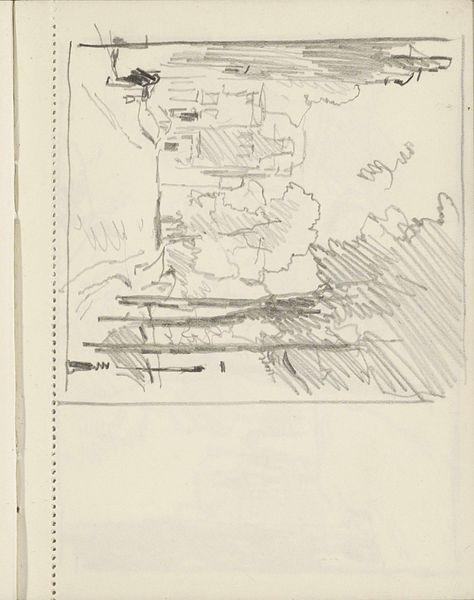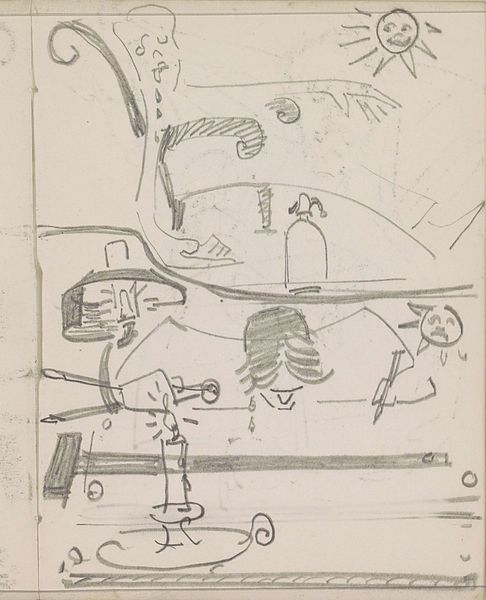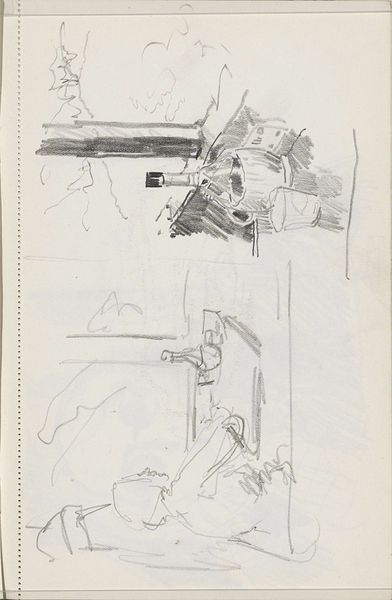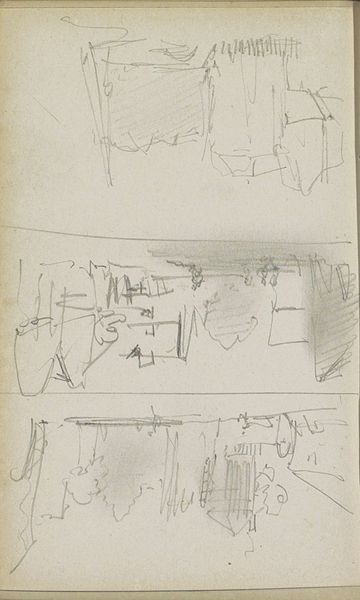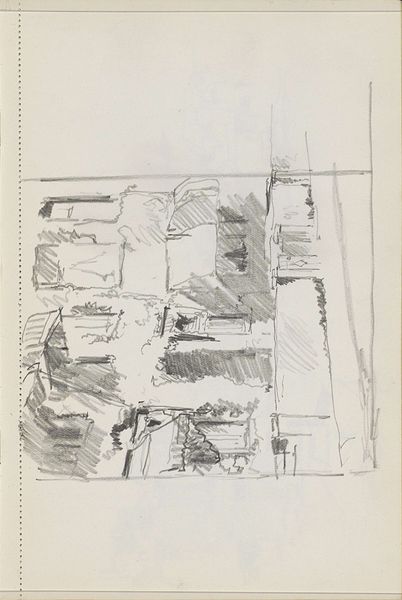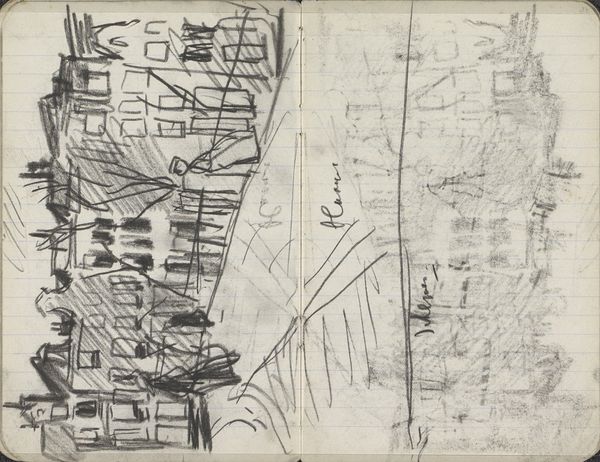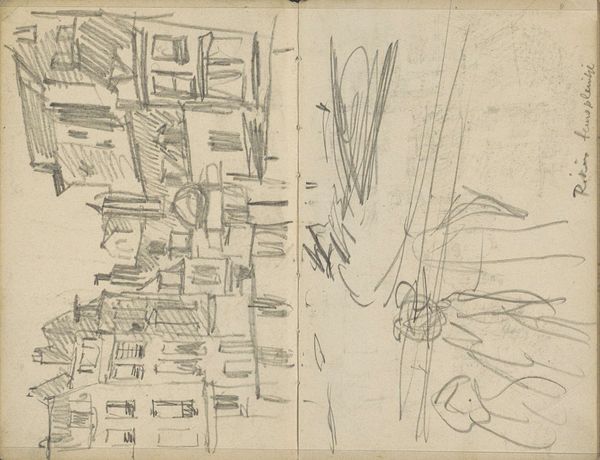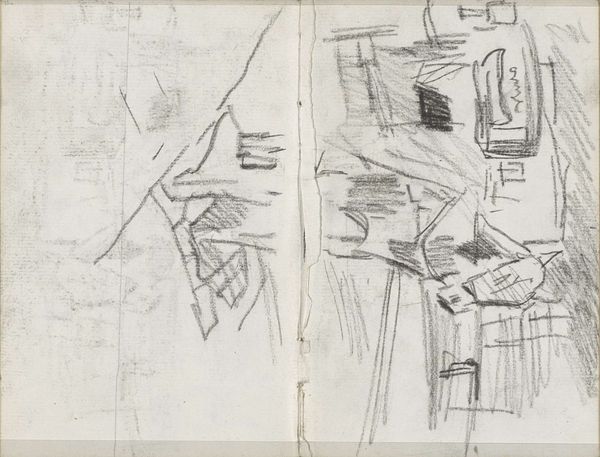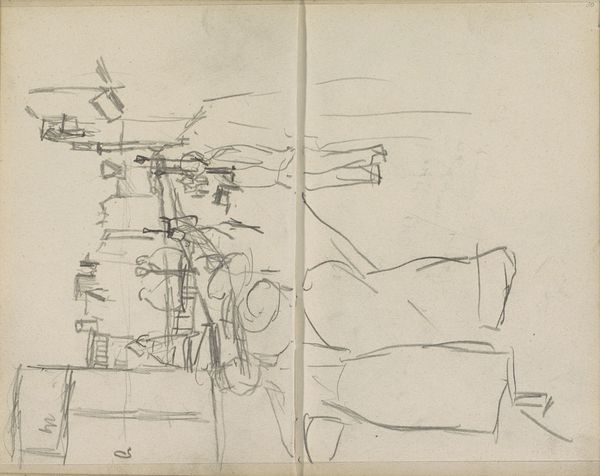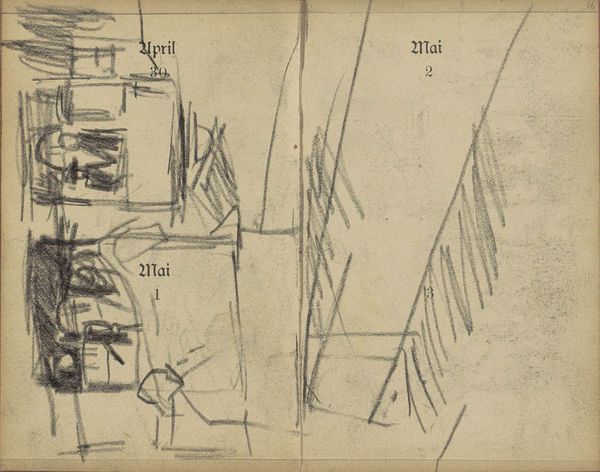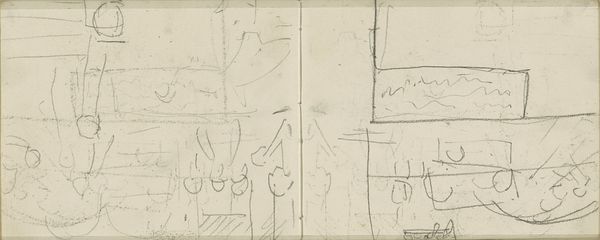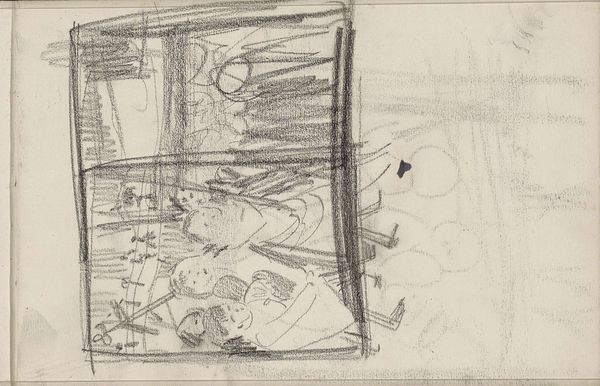
photography, gelatin-silver-print
#
wedding photograph
#
ceremony
#
landscape
#
street-photography
#
photography
#
gelatin-silver-print
#
monochrome photography
#
monochrome
Dimensions: overall: 25.2 x 20.2 cm (9 15/16 x 7 15/16 in.)
Copyright: National Gallery of Art: CC0 1.0
Curator: Robert Frank’s “Guggenheim 756—Jay, New York,” from 1956, a gelatin-silver print—immediately presents itself as an interesting series. It feels a bit like looking over the photographer’s shoulder. What's your initial impression of its aesthetic impact? Editor: The immediate impression is one of layered surveillance and muted nostalgia. Each frame seems like a fragment of a forgotten ritual or parade, deeply rooted in a distinctly American experience. The grayscale enhances this sense of a faded yet haunting past. Curator: Note the contact sheet layout, revealing the sequencing and, arguably, Frank's editorial decisions. How does this format affect your interpretation of the photographs? Editor: The strip format becomes almost cinematic. American flags recur, interspersed with candid scenes: vintage cars, fragments of figures, implying a certain national mythology being constructed or deconstructed through symbolism and proximity. Curator: Precisely! Consider the texture and composition in each frame; light plays against shadow, grain emphasizes a raw realism. Structurally, each image exists independently, yet their arrangement tells a broader narrative. Editor: The flag, ubiquitous in these shots, serves as more than a simple backdrop; it embodies national pride and conformity. The recurring imagery begs us to ask: who are we performing for? Whose gaze are we under? What does the repetition imply about that collective experience? Curator: It also invokes, to me, the discourse on authenticity in photography, Frank’s work often challenged accepted visual languages, breaking from conventional, slick aesthetics of the era. These images exist not only as documentation but as an intentional commentary through framing, contrast, and arrangement. Editor: A silent chronicle emerges—Frank seems to suggest how symbols are embedded within our daily, lived experiences. His technique draws upon the cultural narratives inherent within the photographic images to offer us something more complicated, almost sinister. Curator: Looking at it, I see a purposeful subversion of formalism and an acute awareness of context shaping its significance. The rawness reinforces this point, denying idealized portrayals. Editor: The impact resonates far beyond aesthetic terms; Frank captures the psychological climate of the 1950s through visual fragments. This approach enables the observer to project, reflect, and connect intimately to the historical scene. Curator: I appreciate your reading of this work, with it’s interplay of form, symbol, and context, offering multiple entry points to its enduring appeal and message. Editor: Absolutely; it’s through considering the sum total of Frank’s construction of each photo that deeper layers of cultural experience reveal themselves for further reading.
Comments
No comments
Be the first to comment and join the conversation on the ultimate creative platform.
